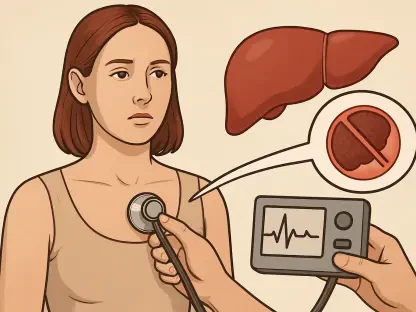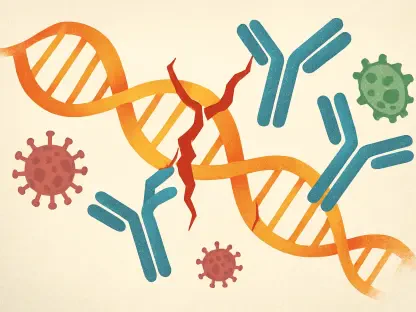Quantum dots, the nanoscale semiconductor particles that exhibit quantum mechanical phenomena, have emerged as a revolutionary tool in biotechnology. Due to their unique optical and electronic properties, quantum dots are being integrated into various applications, enhancing the capabilities of biological analysis and medical diagnostics. The growing relevance of quantum dots in this field underscores their transformative potential and positions them as a cornerstone of modern biotechnology.
Background
The journey of quantum dots began in the early 1980s when researchers first discovered their unique properties, including size-tunable light emission. Unlike traditional dyes, quantum dots can emit light of different colors based on their size, making them highly versatile. This ability led scientists to explore their potential applications in multiple fields, including biotechnology.
Major Achievements
The integration of quantum dots into biotechnology has led to significant advancements. One of the most notable achievements is their use in bioimaging. Quantum dots provide brighter and more stable imaging compared to conventional fluorescent dyes, which has vastly improved cellular imaging and molecular tracking. They have enabled real-time visualization of cellular processes, offering a clearer understanding of complex biological systems.
In medical diagnostics, quantum dots are used in various assays and biosensors. Their high photostability and brightness allow the detection of biomarkers with greater sensitivity and specificity, crucial for early disease detection. For instance, quantum dots have been employed in the detection of cancer biomarkers, leading to more accurate and early diagnoses.
Another significant contribution of quantum dots is in drug delivery systems. Quantum dots can be conjugated with therapeutic agents, providing targeted delivery to specific cells or tissues. This targeted approach minimizes side effects and enhances the efficacy of treatments, particularly in cancer therapy.
Unique Traits
Quantum dots possess several unique traits that make them invaluable in biotechnology. Their size tunability allows for precise control over their optical properties, enabling customization for specific applications. Additionally, their robustness and resistance to photobleaching surpass those of traditional fluorophores, making them reliable for long-term studies.
Moreover, their ability to be conjugated with a variety of molecules, including antibodies, peptides, and nucleic acids, expands their utility in targeted imaging and therapy. This versatility has driven extensive research and development efforts to further optimize and explore the potential of quantum dots in biotechnology.
Current Status
As of this year, quantum dots continue to push the boundaries of what’s possible in biotechnology. Researchers are actively exploring novel quantum dot compositions and surface modifications to enhance their biocompatibility and functionalization. Current studies focus on reducing potential toxicity and improving their performance in vivo, paving the way for safer and more effective clinical applications.
Quantum dots are also being investigated for their potential in neuron imaging, enabling breakthroughs in neuroscience, and in the development of advanced biosensors for point-of-care diagnostics.
Conclusion
Quantum dots have significantly impacted the field of biotechnology, offering unprecedented advancements in bioimaging, medical diagnostics, and targeted therapy. Their unique optical properties, stability, and versatility have made them indispensable tools for researchers and clinicians alike. As research continues, the future promises even more innovative applications and discoveries, further solidifying the role of quantum dots as a cornerstone in biotechnology.
To delve deeper into the advancements and ongoing research in this transformative field, extensive literature and current studies provide abundant resources for exploration.









